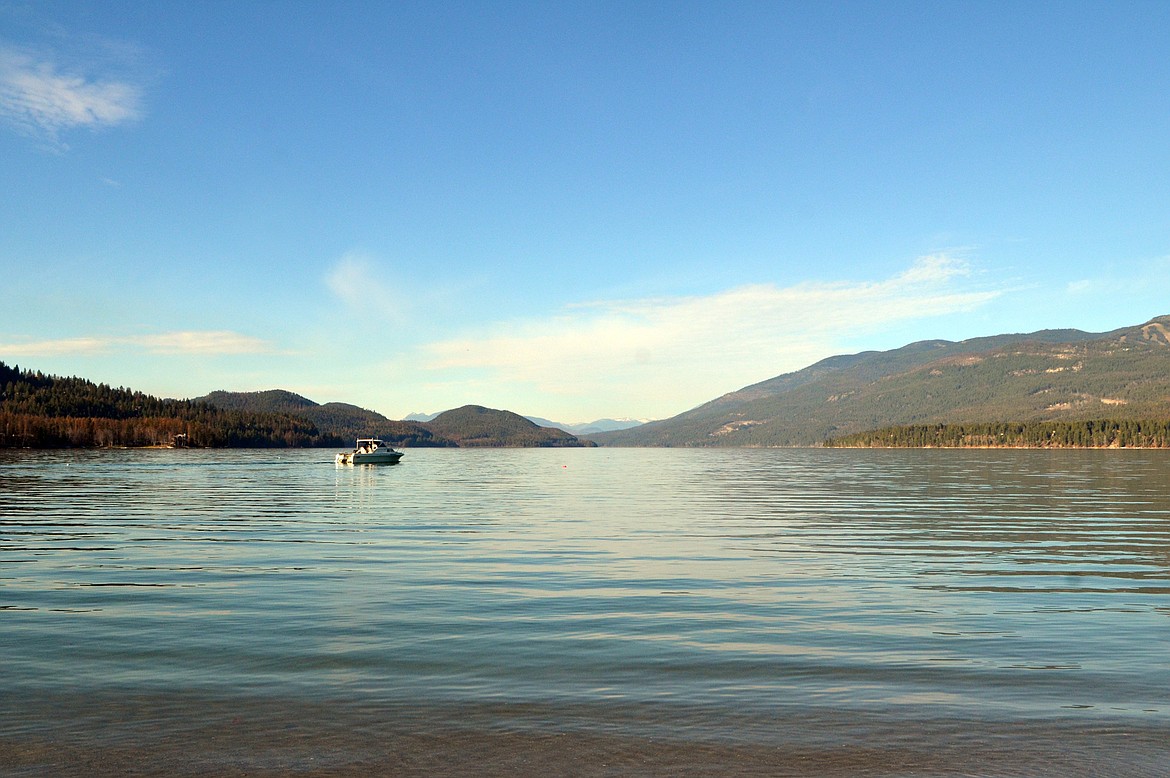Average number of boat inspections this summer at Whitefish Lake
Whitefish Pilot | UPDATED 4 years, 2 months AGO
About 1,600 boats were inspected for aquatic invasive species this summer at two check stations on Whitefish Lake.
There were about 750 inspections completed at City Beach and about 930 were performed at Whitefish Lake State Park.
All motorized and non-motorized watercraft are required to be inspected prior to launching in the lake. Inspection stations run by the City of Whitefish, in partnership with the Whitefish Lake Institute, are open on the lake from May through August.
The total number of inspections at those two stations has stayed relatively steady the last two years with a total of about 1,700 inspections in 2019 and about 2,100 complete in 2018.
Since 2013, a collaboration between the city and WLI has resulted in an AIS management plan that has included the watercraft inspections stations and AIS early detection monitoring.
“Success at the state and regional level clearly translates to protection for Whitefish Lake; however, we also realized that we needed to bolster local efforts in our fight against AIS,” said Mike Koopal, executive director of the Whitefish Lake Institute.
This summer there were 119 decontaminations of watercraft completed at the new decontamination station at the City Beach overflow parking lot. Work was completed this summer to create a permanent home for the station at the parking lot.
All high-risk watercraft are required to be decontaminated before launching into Whitefish Lake if they have been in a mussel-infested gateway in the last 30 days.
In 2016 after the Tiber Reservoir east of Shelby tested positive for zebra or quagga mussel larvae and Canyon Ferry near Helena had suspect results for mussels, Whitefish expanded its inspection season and hours of operation.The Whitefish Community Foundation awarded a major grant to the Whitefish Lake Institute for the preventative decontamination station for high-risk watercraft.
“I was amazed at how nimble the City of Whitefish and the Whitefish Community Foundation were to address this pressing concern so quickly. They got the big picture and provided the tools to put the plan in action,” Koopal said.
He noted that the Whitefish Lake Institute also worked with private donors Joe and Cindy Gregory to construct an inspection station at Whitefish City Beach.
The city last year dedicated space for the decontamination station at the overflow parking lot at City Beach.
WLI was awarded a grant from the state Department of Natural Resources and Conservation for infrastructure improvements and FWP donated a building to house the decontamination equipment.
“It’s clear that our way of life, our drinking water, and our local economy depend heavily on the health of Whitefish Lake and we needed to solidify our plan of action,” Mayor John Muhlfeld said. “The last remaining piece of our local effort was to get the preventative decontamination station closer to City Beach so that we could better serve the public.”
At the state level, through the first of October more than 128,000 boats had been inspected by Montana Fish Wildlife and Parks and its partners this season. Of those, 31 mussel-fouled vessels were intercepted according to Tom Woolf, Aquatic Invasive Species Bureau Chief for FWP.
The city and FWP in 2017 entered into an agreement to expand the local effort to include a watercraft inspection station at Whitefish Lake State Park.
FWP directly contracts for inspection stations with the Confederated Salish and Kootanai Tribes, the Blackfeet Nation, Missoula County, and Garfield, McCone, Powder River, and Bighorn Conservation Districts. Additionally, other inspection stations are coordinated with the Swan Lakers, Yellowstone and Glacier National Parks and the Whitefish Lake Institute/City of Whitefish.
The state, WLI and the city have also teamed to manage the Eurasian watermilfoil infestation at Beaver Lake. Management includes the placement of bottom barriers to prevent sunlight from reaching the plants, hand removal, and suction dredging when required. In 2020, WLI donated their suction dredge unit to FWP so that the equipment could also support management options in other Montana waterbodies.
“Our statewide program really clicks when local partners connect with their community to move our collective effort forward,” Woolf said.



